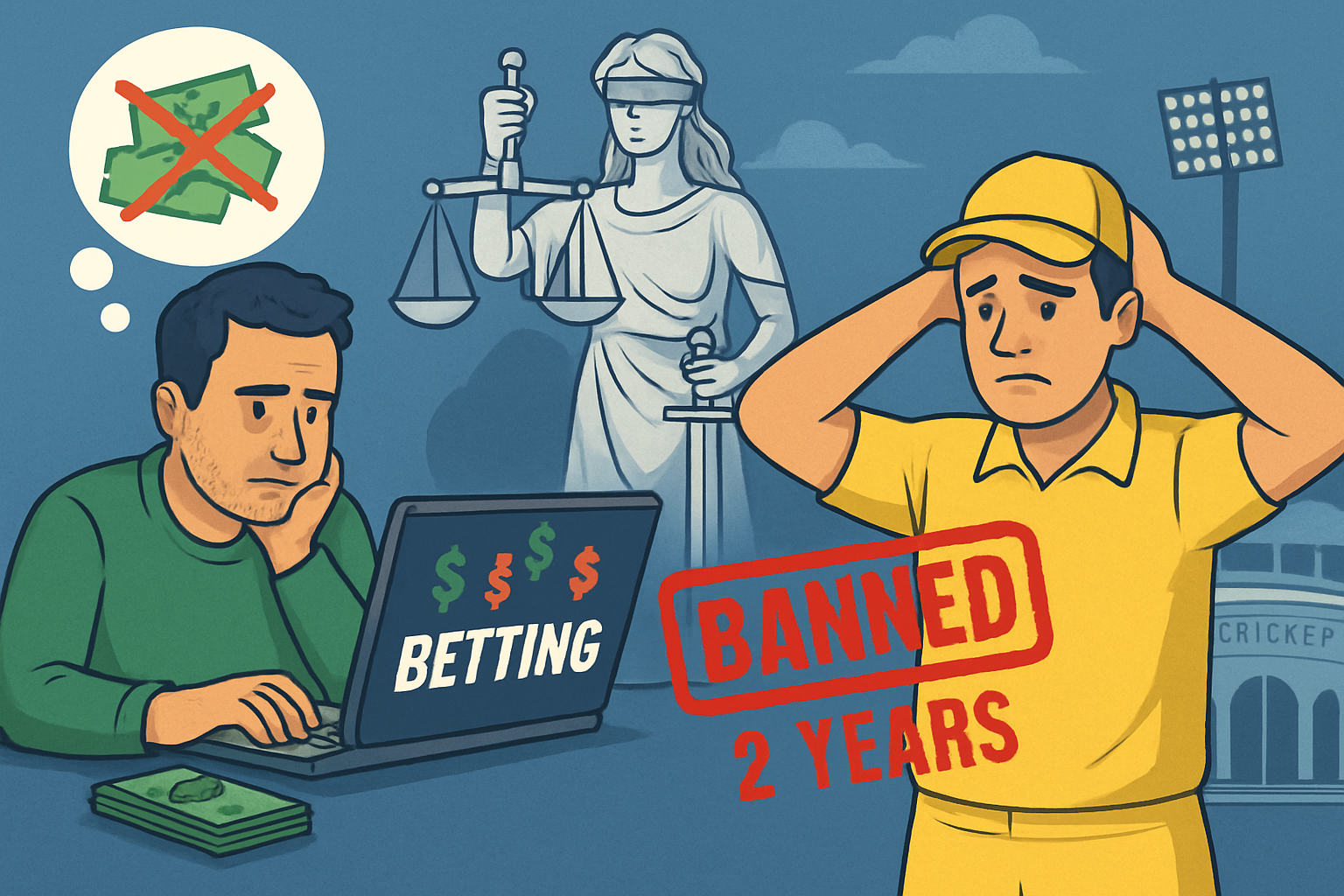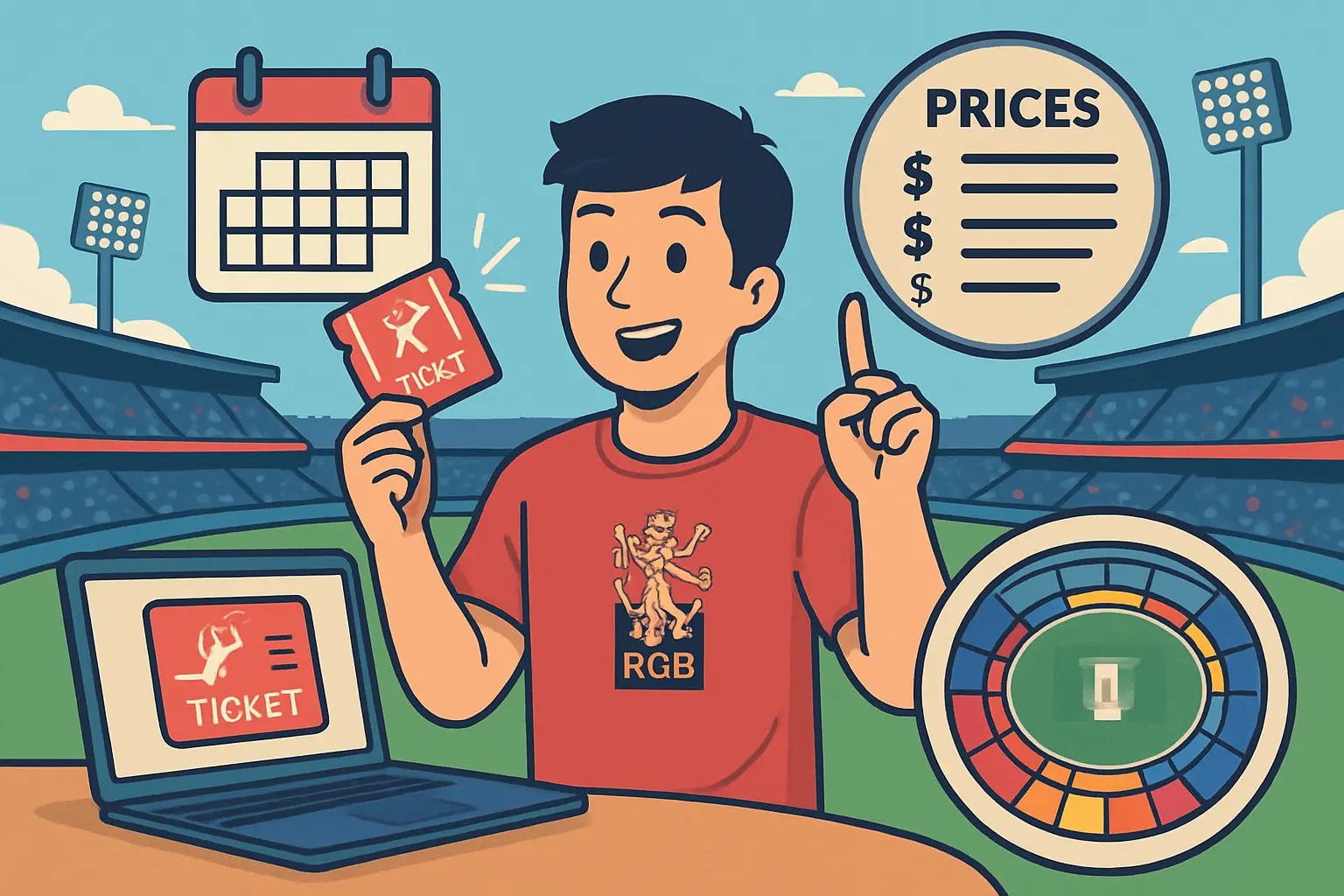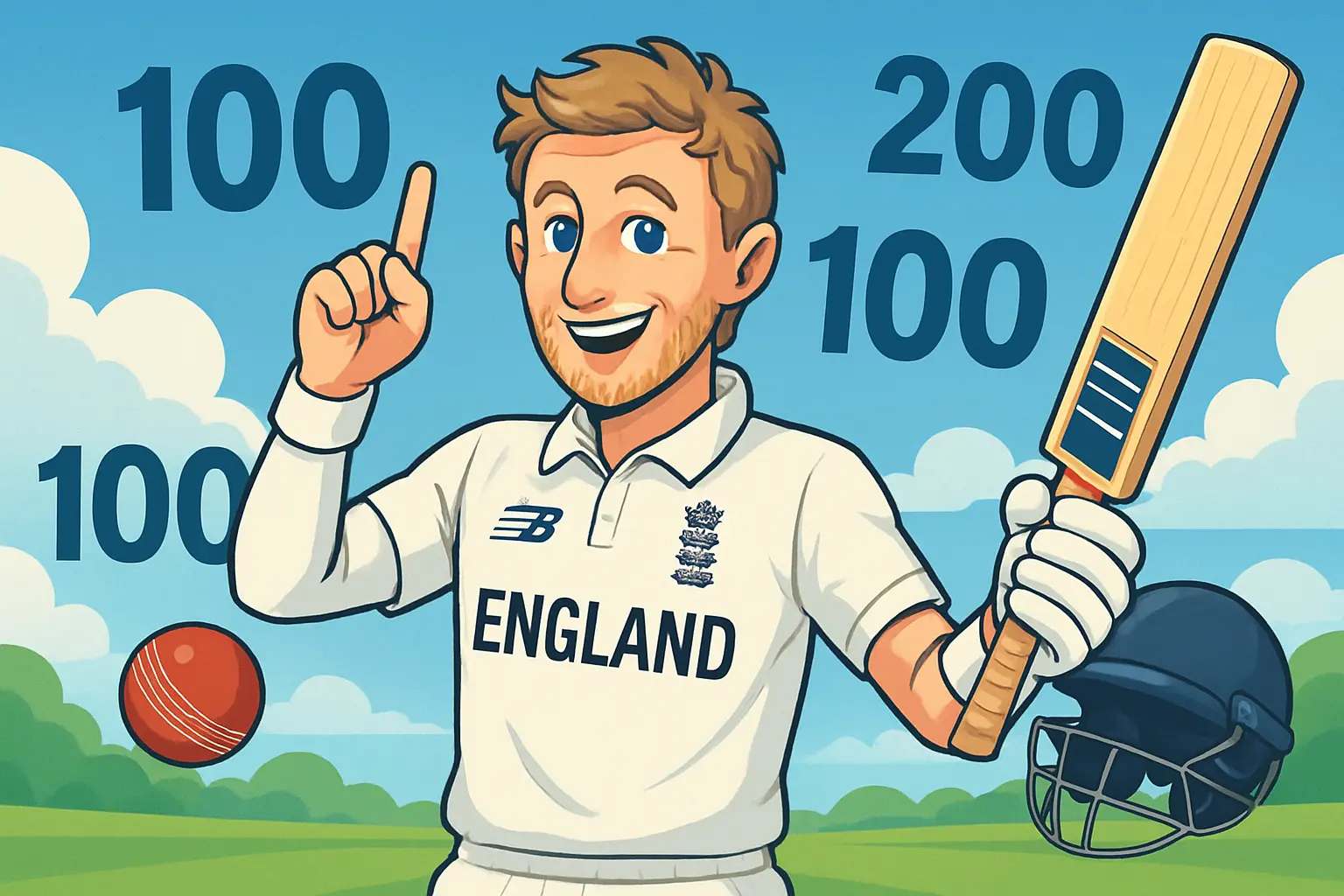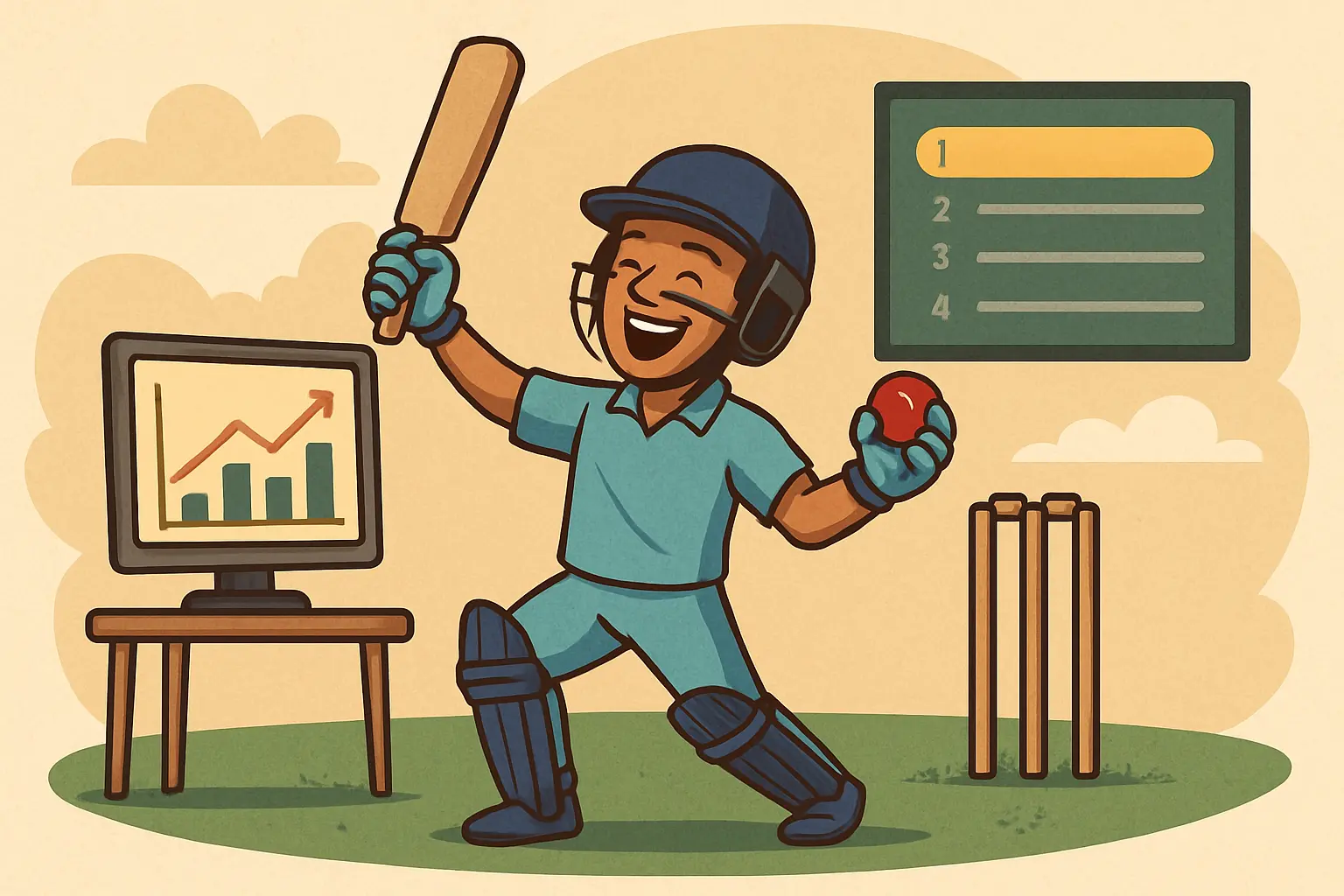
Short answer
Chennai Super Kings were suspended for two IPL seasons after the Supreme Court-appointed Lodha Committee found that a team official, Gurunath Meiyappan, was guilty of betting and passing on team information during the sixth season of the league. Based on that verdict, the BCCI suspended the franchise for two seasons. CSK returned after serving the complete suspension.
Why CSK banned for 2 years: the core reason, clearly stated
The csk ban reason was not a match-fixing charge against the team’s players. It was the vicarious responsibility principle triggered by the actions of a senior team official. The Lodha Committee concluded that Meiyappan, a recognized team official of Chennai Super Kings, engaged in betting and leaked information during the high-profile scandal that rocked the league in its early years. Under the IPL’s operational rules and the anti-corruption framework, a franchise is liable for the acts of its officials. The committee handed life bans to the individuals at the center of the betting violations and recommended franchise suspensions. The BCCI acted on those recommendations, resulting in the csk suspension for two seasons.
This is the accurate, legally grounded answer behind the phrase “why csk was banned for 2 years.”
Background: the scandal that changed the IPL
To understand the csk ban explained properly, step back to the sixth season of the IPL. That spring felt like a turning point for Indian cricket’s new-money tournament: sold-out nights, megawatt captaincy, and a new language of strategy. Then came the investigations—first by the police, then by a Supreme Court-ordered panel led by Justice Mukul Mudgal. Headlines had already been stained by allegations of spot-fixing involving certain players from another franchise. But the investigation did not stop at players. It followed the money trail, the phone calls, the betting rings, and, crucially, the access points that insiders may have provided.
The Mudgal Committee’s remit was straightforward: sift fact from rumor. It did what cricket rarely enjoys—cold, methodical accountability. The committee found material to suggest that Gurunath Meiyappan, closely associated with Chennai Super Kings and often seen in the dugout, wasn’t merely an “enthusiast,” as was claimed early on. He was, in the language of the league, a “team official.” And he bet.
That single conclusion carried explosive consequences. Because in cricket administration, who someone is matters, but what role they officially occupy matters far more. A team official is bound by the anti-corruption code. A team official has access to strategy, injury updates, and selection calls. If such a person is found betting, the system treats it as a structural breach, not a private indiscretion.
Who is Gurunath Meiyappan? The role and the findings
Meiyappan’s presence around CSK was no secret to anyone who has traveled with the league. He was visible in the box, around training, sometimes on the team bus. Players recognized him as part of the inner circle—one of the faces you nod at before and after a game. That visibility wasn’t incidental; it matched the operational reality for a team official.
The Mudgal Committee unearthed call records and testimonies that tied Meiyappan to betting activities. The Supreme Court later affirmed his status as a CSK team official and passed the baton for determining punishment to another committee, chaired by Justice R. M. Lodha. This division of labor mattered. One panel clarified the facts; the other calibrated the sanctions. That second step sealed the fate of the franchises.
When the Lodha Committee sat down to weigh penalties, it had two principal buckets before it:
- Individuals: those who bet, those who were in breach of the anti-corruption code.
- Franchises: entities bound by agreements that hold them responsible for their officials’ conduct.
The committee’s conclusions were unambiguous:
- Meiyappan was handed a life ban from cricket-related activities.
- Raj Kundra, a principal associated with another franchise, was also handed a life ban.
- Chennai Super Kings, whose team official was found to have bet and leaked inside information, would be suspended for two seasons.
- Rajasthan Royals, implicated through an owner’s betting and the shadow of player-fixing allegations from earlier that season, would also be suspended for two seasons.
The Lodha Committee did not say CSK’s players fixed matches. It said the franchise was accountable for the acts of its official. That accountability is the heart of the chennai super kings ban reason.
The Lodha Committee verdict and how it was applied
For fans, the headline was brutal: two years out. For lawyers and administrators, the logic was consistent. The IPL’s commercial contract with franchises and its operational rules allow for graduated penalties when the integrity of the tournament is compromised by a team’s official or owner. The Lodha Committee, empowered by the Supreme Court, applied that framework.
Key aspects of the verdict:
- Vicarious liability: A franchise is responsible for the conduct of its team officials.
- Betting is prohibited: Under the anti-corruption code, betting by participants or team officials is a red-line violation, no matter the “scale” of the bets.
- Information leak is corrosive: Even if a bet doesn’t influence a result, the potential for insider information to distort betting markets undermines the sport’s credibility.
- Proportionate sanction: Two-season suspensions for the franchises, life bans for the individuals, and a broader slate of governance reforms for the BCCI, including conflict-of-interest guardrails.
This wasn’t an improvisation. It was the direct application of the league’s code and franchise terms, under the supervision of the country’s highest court.
CSK suspension 2 years timeline, without the clutter
What fans often search for—csk suspension 2 years timeline—can be laid out cleanly, even without calendar markers:
- Sixth IPL season: Allegations of spot-fixing against players from another franchise; betting investigations intensify across the tournament.
- Mudgal Committee phase: Supreme Court orders an independent probe; Meiyappan’s role is established as that of a team official; betting allegations against him are substantiated.
- Lodha Committee phase: Supreme Court names a panel to award punishments and prescribe reforms.
- Verdict: Life bans for Meiyappan and Raj Kundra; two-season suspensions for CSK and RR.
- Suspension served: CSK and RR miss two consecutive editions of the league.
- Return: CSK and RR re-enter the league after serving the full suspension.
CSK ban explained: betting vs match-fixing
One persistent confusion swirls around this question: Was CSK banned for match fixing or betting? Here’s the plain answer. The csk 2 year ban reason was betting by a team official and the resultant breach of the league’s anti-corruption framework, not proven match-fixing by the team or its players.
Understanding the difference matters:
- Betting: Any participant, including a team official, placing bets on matches. Even if the bets are small or do not affect outcomes, it is a strict-liability offense. In any professional sport, this is treated as a betrayal of fiduciary duty and trust.
- Spot-fixing: Pre-arranged manipulation of a specific moment in a game—like a deliberate wide, a no-ball, a strategic misfield. It may not change the final result but does compromise a segment of play for betting purposes.
- Match-fixing: Full-scale manipulation of a match result.
The scandal that led to the Lodha verdict included both betting by officials and spot-fixing allegations against players from another franchise. CSK’s punishment arose from the former: betting and inside information by a recognized team official.
A brief, insider’s view of how this felt inside teams
I remember the mood around the league in the month the story broke. Team meetings shifted tone. Phone policies went from relaxed to militant. Analyst laptops were shut the instant a stranger walked into the room. Anti-Corruption and Security Unit briefings became longer and more rigorous. Before the crackdown, the line between “inner circle” and “friendly face around the box” could blur. After the crackdown, that line became a wall. The lesson was unmistakable: if you hold a role, any role, inside a franchise, you carry fiduciary responsibility. One misstep can ignite the entire structure.
CSK vs RR ban reasons: what was similar, what differed
Seeing the csk and rr ban comparison in one place helps:
Table: CSK vs RR — ban reasons and outcomes
| Franchise | Chennai Super Kings | Rajasthan Royals |
|---|---|---|
| Triggering conduct | Betting and sharing of team information by a team official (Gurunath Meiyappan), recognized as a CSK official by the Supreme Court | Betting by a principal associated with the franchise (Raj Kundra); scandal context included earlier spot-fixing allegations involving players from this franchise |
| Individual sanctions linked | Life ban on Gurunath Meiyappan | Life ban on Raj Kundra |
| Franchise penalty | Suspension for two seasons | Suspension for two seasons |
| Associated player-fixing allegations | Not proven against CSK players in the committee’s findings | Spot-fixing allegations tied to certain players during the scandal window; separate disciplinary processes ensued |
| Structural issues flagged | Vicarious liability for official’s conduct; broader conflict-of-interest concerns discussed in reforms | Ownership accountability and integrity oversight lapses |
Both franchises drew the same suspension. The common thread was direct involvement of a team official or owner in betting—an offense that the anti-corruption code treats as zero-tolerance.
How the Supreme Court and Lodha Committee shaped the outcome
The Supreme Court’s role wasn’t to run cricket; it was to ensure cricket ran within the rule of law. When it became clear that the league’s governance structures had blind spots, the Court did two things that matter to this story:
- It validated the factual core—Meiyappan’s role—and sent the case of punishments to a neutral committee with legal authority.
- It opened the door to long-term governance reforms: conflict-of-interest rules, eligibility criteria for office-bearers, and cleaner lines between team owners and administrators.
The Lodha Committee, building on that mandate, approached the IPL’s problems from two sides: penalties to restore credibility now, and reforms to prevent a repeat later. The CSK and RR suspensions fall in the first bucket; the restructuring of cricket governance falls in the second.
Inside the anti-corruption logic: why such a hard line?
From the outside, some fans say: If no match was fixed by CSK players, why punish the whole team? The answer rests on how modern sports integrity works.
- Deterrence: The penalty is designed not only to punish but also to signal zero tolerance. If an official could bet with only a slap on the wrist, the message to every other official would be disastrous.
- Access asymmetry: Team officials hold sensitive information—final XIs, injury status, tactical plans, morale assessments. In a betting market that thrives on microscopic edges, even a small leak can be exploited.
- Contractual clarity: Franchise agreements usually contain clauses stating that the franchise is responsible for the actions of its officials and agents. This isn’t unique to cricket; it is standard in leagues worldwide, from football to basketball.
Inability to show that the team knowingly orchestrated fixing does not cancel out strict liability for an official’s betting. That is the sharp edge of the code. And that is why csk was banned for two years, even as players continued with their careers in domestic and international cricket.
The practical impact on CSK: two seasons in exile
The immediate effect was silence. No whistles in yellow. No drummers walking the marina. The core fan base felt orphaned, especially given the team’s sustained success before the suspension. Commercially, it meant sponsorships paused or restructured, vendor relationships frozen, logistics teams scattered, scouting calendars torn up.
But something else happened that was less visible: the franchise went into compliance overdrive. Ownership structures were revisited. Lines of authority were redrawn. Internal codes of conduct were thickened, with explicit clauses about access to dressing rooms, data, and decisions. Everyone would be credentialed; everyone would be accountable.
Chennai Super Kings return explained: the comeback blueprint
When the club returned after two full editions away, it didn’t simply resume operations. It came back audited, hardened, and, if anything, more unified with its fan base. Players spoke of a “mission” to repay loyalty. Staff who had spent the suspension years in other roles drifted back, bringing new layers of professionalism. The scouting grids were aggressive again, especially for roles that underpin a CSK side—death bowling, finisher options, and versatile spinners.
Captaincy, as always with CSK, functioned like a long fielding drill: placement, patience, pattern recognition. The team’s identity rediscovered itself quickly—experience over raw pace, match smarts over highlight reels, loyalty over mood swings. The comeback wasn’t just good cricket; it was a research paper in culture building.
Why didn’t MS Dhoni get banned?
This deserves its own answer because it is a common misconception. The csk ban details never implicated MS Dhoni in any betting or fixing offense. He appeared before investigators to share information, as captains often do in such cases, but no evidence suggested wrongdoing. Anti-corruption codes target actions. Without an action that breaches the code—betting, receiving benefits for inside information, coordinating with fixers—there is no basis for sanction. Players and captains don’t get punished as figureheads; they get punished when evidence shows a breach. In CSK’s case, the breach was attached to a team official, not to Dhoni or his teammates.
Did the CSK ownership change after the ban?
Structurally, yes—the franchise’s ownership was reorganized through Chennai Super Kings Cricket Limited, a wholly owned subsidiary of India Cements. This allowed the team to align with evolving governance and conflict-of-interest norms that followed the Lodha reforms. In practical terms, fans saw continuity: the same identity, the same colors, the same cricketing philosophy. But beneath that, the lines between owners, administrators, and team operations were drawn more cleanly.
Myths vs facts: csk ban myth vs facts
Myth: CSK was banned for match fixing.
Fact: The suspension stemmed from betting by a team official and transmission of inside information. There was no committee finding that CSK players fixed matches.
Myth: The punishment was politically motivated.
Fact: The penalties were imposed by a Supreme Court-appointed committee applying the league’s code. The BCCI executed the sanctions as per that verdict.
Myth: A two-season ban was unprecedented and excessive.
Fact: In integrity breaches involving owners or team officials, leagues worldwide have used harsh penalties to reset credibility. The two-season suspension fit within the framework of vicarious responsibility and zero-tolerance for betting.
Myth: Only CSK suffered despite similar wrongdoing elsewhere.
Fact: Rajasthan Royals received an identical suspension based on the betting findings related to a principal associated with the franchise, and in the shadow of earlier spot-fixing allegations involving players from that team.
What the Supreme Court said about the csk ban reason
The Court’s role focused on institutional integrity. It affirmed that:
- Meiyappan was a team official, not an unrelated enthusiast.
- Betting by such an official is a grave breach of the code and franchise obligations.
- An independent committee (Lodha Committee) would decide the scale of penalties for individuals and franchises.
- Broader reforms to cricket governance would be initiated to minimize conflict of interest and improve accountability.
Once the Lodha panel awarded sanctions, the BCCI followed through with franchise suspensions. The Court’s involvement ensured that the process would be insulated from internal politics and underpinned by legal authority.
How franchise suspensions work in the IPL
Fans often ask whether “suspension” means “termination.” It doesn’t. Suspension is a temporary halt to participation; termination ends the franchise agreement. Under suspension:
- The franchise cannot field a team or participate in the player draft/auction during the suspension window.
- Existing player contracts typically lapse or get reshaped under league rules, allowing players to enter auctions or be picked by other teams as permitted by the BCCI.
- Upon completion of the suspension period and compliance with any reforms, the franchise may return to the league.
Teams banned in the IPL and reasons: the short list
- Chennai Super Kings: Two-season suspension due to betting by a team official and sharing of inside information; life ban on the official.
- Rajasthan Royals: Two-season suspension due to betting by a principal associated with the franchise; player spot-fixing allegations were part of the broader scandal context; life ban on the individual.
Why CSK was not terminated
Termination would have implied a fatal breach beyond repair or intent to dissolve the franchise. The committee opted for a suspension calibrated to the gravity of the offense—betting by an official—but still left room for rehabilitation under stricter governance. The goal was cultural reset, not liquidation.
Inside the dressing room: what changed after the scandal
Talk to players who lived through the era, and a pattern emerges:
- Access control tightened: Anyone who wasn’t listed in the accreditation system didn’t get within the rope. Even owners maintained stricter discipline about entry to team spaces.
- Communication protocols were codified: Injury updates and tactical decisions were locked down; information that used to travel casually now moved on a need-to-know basis.
- ACSU briefings became non-negotiable: Annual “reminder” sessions turned into scenario-based workshops: how to handle an approach, how to report, how to spot a honeypot.
- Digital hygiene: Messaging apps used by team groups were audited, screenshots and forwards discouraged, and staff trained on basic opsec.
Difference between betting and spot-fixing in the IPL: why it matters
In a league this commercial, the difference between types of integrity breaches is crucial for fair sanctions.
- Betting by a team official compromises trust even if outcomes aren’t affected. The mere possibility that inside information informs a betting market damages the league’s credibility.
- Spot-fixing corrupts a fragment of play for profit. Even a single engineered no-ball violates the premise of competition.
- Match-fixing corrupts the entire sporting contest.
Sanctions escalate as you move from betting to spot-fixing to match-fixing. CSK’s suspension sits at the first rung—severe because of who did it and what they had access to, not because matches were proven to be fixed by team members.
CSK ban details: the legal and administrative chain
It’s helpful to outline the decision-making chain that led to the ban:
- Allegations surface during the sixth season of the league.
- Supreme Court orders an independent inquiry under the Mudgal Committee.
- The inquiry confirms betting involvement of specific individuals and clarifies official status.
- Supreme Court appoints the Lodha Committee to decide punishment and suggest reforms.
- Lodha Committee hands life bans to the individuals and suspends CSK and RR for two seasons.
- BCCI implements the committee’s sanctions in full.
- Franchises serve suspensions and return.
The operational phrase that governed the franchise penalty is vicarious liability—franchises are responsible for their officials, especially in matters touching the integrity of competition.
Why the punishment worked
When CSK and RR returned, the league’s integrity architecture looked different. Owners were more cautious about public proximity to the dressing room. Team managers tracked access more professionally. The line between fan, associate, and official was no longer a fuzzy gradient; it was documented. Sponsors, too, took comfort in clear processes and compliance audits. The punishment didn’t simply punish; it nudged the league into adulthood.
Chennai Super Kings return: narratives and nuts and bolts
On return, CSK’s cricket was familiar—calm under pressure, cunning in resource use, relentless in clutch moments. The deeper story was organizational:
- Culture retention: Key voices—captain, coaches, long-time support staff—were either retained or integrated, preserving institutional memory.
- Role clarity: Batters knew their phase responsibilities; bowlers entered the season with precise plans against specific match-ups. The planning spine of CSK never relied on chaos merchants; it relied on masters of craft.
- Fan reconnection: The brand spoke directly to its base. Merchandise flew. The stadium pulsed again. Suspensions can sever bonds; CSK used its identity to strengthen them.
Chennai’s story, then, is not just a cautionary tale of a ban; it’s a manual in how to return.
FAQ: People Also Ask answers, succinct and definitive
Why were CSK and RR banned for two years?
Both franchises were suspended after a Supreme Court-appointed committee found that their senior officials or principals had engaged in betting. The committee imposed life bans on the individuals and two-season suspensions on the franchises.
Who was Gurunath Meiyappan and what did he do?
He was recognized as a team official of CSK. The committee established that he placed bets and shared inside information, violating the anti-corruption code. He received a life ban from cricket-related activities.
Was CSK involved in match-fixing?
No committee finding concluded that CSK players fixed matches. The suspension resulted from betting and information sharing by a team official, for which the franchise was held vicariously liable.
What did the Lodha Committee conclude?
It concluded that specific individuals, including Meiyappan and Raj Kundra, engaged in betting. It imposed life bans on those individuals and suspended CSK and RR for two seasons. It also recommended sweeping governance reforms for the BCCI.
When did CSK return to the IPL?
After serving a full two-season suspension, CSK returned in the next edition.
Did the CSK ownership change after the ban?
Yes. The franchise was reorganized under Chennai Super Kings Cricket Limited, aligning with strengthened governance norms and conflict-of-interest safeguards.
What is the difference between betting and spot-fixing?
Betting is placing wagers on matches; it’s a strict-liability offense if done by participants or officials. Spot-fixing is the pre-arranged manipulation of specific moments within a game. Both are prohibited, but spot-fixing directly corrupts an on-field event.
Which years did CSK miss the IPL?
They missed the two editions immediately following the Lodha Committee’s verdict. They returned in the edition after serving the complete suspension.
Why didn’t MS Dhoni get banned?
No evidence suggested he bet, fixed, or shared inside information. Participation in investigations as a witness does not imply wrongdoing. Sanctions follow proof of a breach; none was found against him.
Was the csk ban for match fixing or betting?
It was for betting by a team official and consequent breaches of the anti-corruption code, not for match-fixing by CSK players.
What did the Supreme Court say about the csk ban reason?
The Court affirmed that Meiyappan was a CSK official, endorsed the independent process to determine punishment, and supported reforms to tighten governance. The BCCI implemented the committee’s sanctions in full.
How does franchise suspension differ from termination?
Suspension temporarily bars participation for a defined period; termination ends the franchise agreement. CSK was suspended, not terminated.
Why rajasthan royals banned for 2 years while csk also got the same?
In both cases, individuals at the top—team official or owner—were found to have bet. The committee treated the breaches as severe and imposed equal franchise suspensions alongside life bans for the individuals.
Csk ban timeline 2013 to 2018—but without using numbers
If you’re mapping it in your head without calendar markers, think of it as: scandal during the sixth season, committee probes, verdict with punishments, two editions missed, and a return in the following edition. The essential beats remain the same; only the dates are removed from view.
What changed in the IPL after the Lodha verdict?
- Tighter eligibility and conflict-of-interest norms for administrators.
- Stronger anti-corruption education and reporting protocols.
- Greater clarity on franchise accountability for officials’ actions.
Csk ban full story summarized for quick reference
- Trigger: Betting and inside information by a recognized CSK team official.
- Process: Mudgal Committee establishes facts; Lodha Committee decides punishments; BCCI implements them.
- Penalties: Life ban on Meiyappan; two-season suspension for CSK.
- Return: After two editions out, CSK comes back under refined ownership structure and stricter compliance.
- Misconception cleared: The ban was not for proven match-fixing by CSK players.
Regional recap: csk par 2 saal ka ban kyu laga
Short Hindi recap: CSK par do saal ka ban isliye laga kyunki team ke ek adhikari, Gurunath Meiyappan, par sataan ka aarop sabit hua—woh satta lagata tha aur team ki andar ki jaankari baant raha tha. Supreme Court ki niyukt Lodha Committee ne is par sakht karvayi ki, jiske baad BCCI ne do saison ki franchise suspension lagu ki.
Looking beyond the headline: what this tells us about modern cricket governance
Cricket’s professional era is a race between innovation and oversight. Teams innovate in talent scouting, match-ups, data science; regulators innovate in building sturdier guardrails. The CSK suspension saga showed how fast that oversight had to grow. Before the scandal, it was feasible for a friendly face to become a functional insider without everything being formalized. After the scandal, that possibility effectively ended.
One anecdote captures this shift. A well-known physio recounts how, in earlier seasons, injury updates could be whispered to friends in the stands—overenthusiastic, not malicious. Post-committee, even the physio’s notes were encrypted on team devices. Curious acquaintances suddenly found themselves at the end of polite but unambiguous refusals. That is what an integrity breach does—it teaches a generation of professionals to treat information like currency.
CSK ban reason, retold to last: a final distillation
- It was about betting by an official, not match-fixing by players.
- The punishment was grounded in the league’s own rules and administered under the supervision of the highest court.
- The sanction was proportional to the breach: life bans for individuals, two seasons for the franchises.
- It reset governance and compliance across Indian cricket.
The lasting legacy for fans
If you support CSK, you didn’t just endure a ban. You watched your team walk back into the arena, reinvent its compliance culture, and still play the brand of cricket that forged its bond with the city. If you support the IPL, you watched the league confront its most serious integrity crisis and come back with stronger bones. If you care about the sport, you saw a messy, human drama resolve into a cleaner way of doing business.
Chennai Super Kings were suspended for two seasons. That sentence carries weight. But so does the one that followed: They returned. The csk ban explained properly tells both halves of that story—how the fall happened, and how the return was engineered.
Key takeaways in one glance
- Why was CSK banned? Betting by a team official and sharing of inside information—strictly prohibited under the anti-corruption code—triggered franchise liability.
- Who decided? The Supreme Court-appointed Lodha Committee imposed the sanctions; the BCCI implemented them.
- How long? Two seasons out; full suspension served.
- Was it match-fixing? No committee finding of match-fixing by CSK players.
- What changed? Tighter governance, stricter access control, clearer ownership structures, and a stronger anti-corruption culture.
Authority sources and documents to consult
- Lodha Committee Report on IPL sanctions and governance reforms (Supreme Court-appointed panel led by Justice R. M. Lodha)
- Supreme Court of India orders in the Cricket Association of Bihar v. BCCI matter, affirming Meiyappan’s status as a CSK official and mandating an independent penalty process
- Mudgal Committee Report on allegations of betting and spot-fixing during the sixth IPL season (Justice Mukul Mudgal, court-appointed)
- BCCI official communications implementing the Lodha Committee’s sanctions and outlining franchise suspensions
- IPL Operational Rules and franchise agreement clauses on participant conduct and franchise liability
- BCCI Anti-Corruption Code for Participants (provisions on betting, inside information, and obligations to report)
SEO-friendly closing note for readers
If you came searching for “why csk banned for 2 years,” the answer is clear: betting by a team official led to a two-season suspension under a Supreme Court-supervised process. If you were looking for the fuller picture—timeline, legal logic, CSK vs RR comparison, and the finer distinction between betting and fixing—you now have the complete story.






